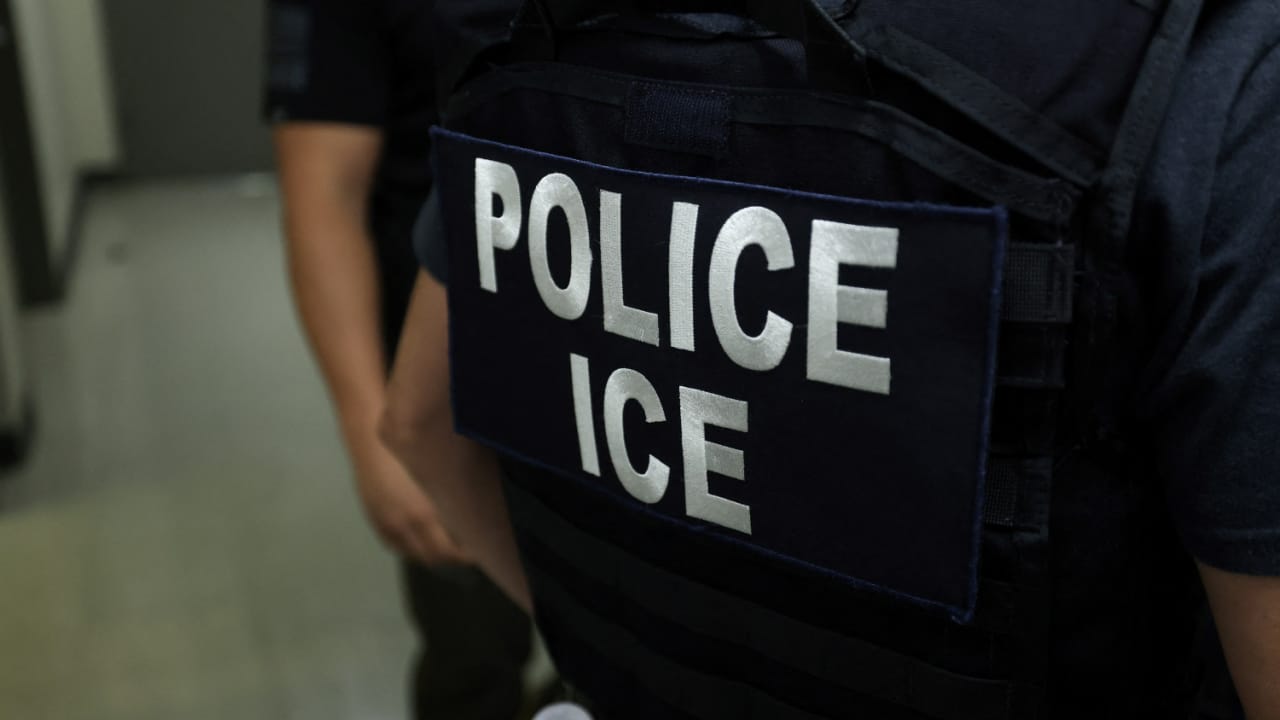‘If There’s Kids in There, We Need To Go In’: Police Records Reveal New Details About Uvalde Shooting
New evidence has surfaced surrounding authority response about what transpired inside Robb Elementary on May 24, and all fingers point to Uvalde schools police Chief Pete Arredondo for intensifying confusion amidst the chaos of the shooting.
According to police transcripts and footage obtained by the Texas Tribune, a special agent from the Texas Department of Public Safety arrived on scene with the priority of getting the kids out. Because of the lack of leadership from the chain of command, the tactical team was prevented from engaging at a crucial moment that could have saved lives.
Upon the unnamed agent’s arrival, he asked if there were still children inside. “If there is, then they just need to go in,” the agent urged.
An officer answered, “It is unknown at this time.”
“Y’all don’t know if there’s kids in there?” he asked, per the transcripts. “If there’s kids in there we need to go in there.”
Another officer replied, “Whoever is in charge will determine that.”
The special agent realized there were indeed children still inside other classrooms and attempted to take things into his own hands.
“Well, there’s kids over here,” he said. “So I’m getting kids out.”
What was originally labeled as a “mistake” by Texas Department of Public Safety Director Steve McCraw, has been more accurately described as a total catastrophe by all involved in uncovering the truth of what happened. For Uvalde police, cooperation with investigators has reached an all-time low.
Almost all roads lead back to Arredondo, who has offered conflicting reports about his actions on the day of the shooting. He said he was not the commanding officer and was in no position to give orders, despite the official transcript revealing he did exactly that. Since then, Arredondo has lawyered up and has retreated from public life, becoming all but unreachable in the weeks following the shooting.
Reports confirm that within 30 minutes of their arrival, Uvalde officers were equipped with the necessary tactical gear to confront the shooter head-on, including four ballistic shields and a Halligan, forceable entry equipment used by firefighters to ram down locked doors.
“They had the tools,” said Terry Nichols, a former Seguin police chief and active shooter expert. “Tactically, there’s lots of different ways you could tackle this… But it takes someone in charge, in front, making and executing decisions, and that simply did not happen.”
Officers spent 77 minutes outside the door where Salvador Ramos walked into Robb Elementary wielding an AR-15 with no obstacles, and would end up killing 19 students and two teachers. The timeline of events indicates Arredondo reported an attempt to open the doors to classrooms 111 and 112, which were connected by an adjoining door inside.
However, there is no video evidence to corroborate this claim, and some law enforcement officials have even suggested that Arredondo lied about his and his six-person department’s response. Despite claims that he was not the commanding officer, multiple officers and DPS agents report hearing Arredondo give orders that day.
The New York Times reports, “People are going to ask why we’re taking so long,” said a man who investigators believe to be Arredondo, according to a transcript of officers’ body camera footage. “We’re trying to preserve the rest of the life.”
In one of his few public appearances since the shooting, Arredondo dedicated most of his time to defending his own actions and refuting claims that he instructed officers to wait outside for more than an hour.
Some have pointed out the timing of Arredondo’s remarks as they directly preceded a series of closed-door testimonies taken by DPS director McCraw. Per the Texas Monthly, McCraw said, “I don’t think [the timing] is a coincidence. And it’s obvious that it’s there to establish a narrative. And the DPS narrative from the beginning has been that this is one cop’s fault.”
Arredondo, who didn’t have his police radio on him that day, called dispatch from his cellphone. He claimed the radio antenna would hit his leg, it was bulky and would fall off his utility belt and the service inside the school was unreliable and shoddy.
By that point, there were upwards of 11 officers inside of the school, two of them wielding rifles. According to the transcript, Arredondo insisted that there wasn’t enough firepower to confront the shooter.
“Yes and they need to be outside of this building prepared,” he said, per the official transcript. “Because we don’t have enough firepower right now. It’s all pistol and he has an AR-15.”
Ramos’ shooting resumed after the call ended. Officers would not engage him for another 70 minutes. The Halligan, despite being right outside, was never used. Ramos went on to fire three more sets of shots between 11:40 a.m. and 12:21 p.m.
The question on everyone’s mind now is: why did Uvalde PD take so long to engage? It’s a question that may never get a straight answer, especially from the Texas politicians, lawyers and law enforcement officials tasked with protecting the officers involved.
Still, some people have their own theories. “What I truly believe is that everybody froze,” said Sen. Roland Gutierrez, D-TX. “That’s what it seems like to most of us outsiders looking in. Law enforcement froze, they didn’t act right. And now they need to go find a scapegoat.”




